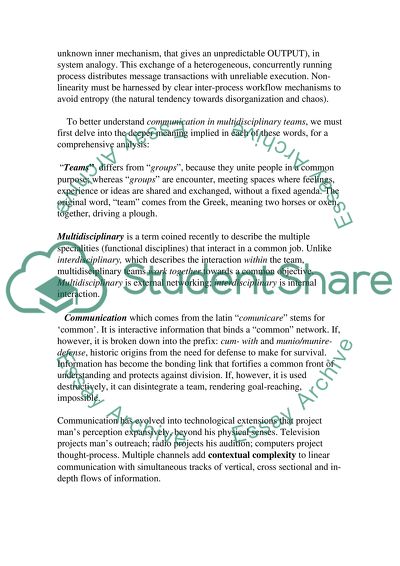Cite this document
(“Communication In Multidisciplinary Health Teams Essay”, n.d.)
Communication In Multidisciplinary Health Teams Essay. Retrieved from https://studentshare.org/miscellaneous/1527974-communication-in-multidisciplinary-health-teams
Communication In Multidisciplinary Health Teams Essay. Retrieved from https://studentshare.org/miscellaneous/1527974-communication-in-multidisciplinary-health-teams
(Communication In Multidisciplinary Health Teams Essay)
Communication In Multidisciplinary Health Teams Essay. https://studentshare.org/miscellaneous/1527974-communication-in-multidisciplinary-health-teams.
Communication In Multidisciplinary Health Teams Essay. https://studentshare.org/miscellaneous/1527974-communication-in-multidisciplinary-health-teams.
“Communication In Multidisciplinary Health Teams Essay”, n.d. https://studentshare.org/miscellaneous/1527974-communication-in-multidisciplinary-health-teams.


